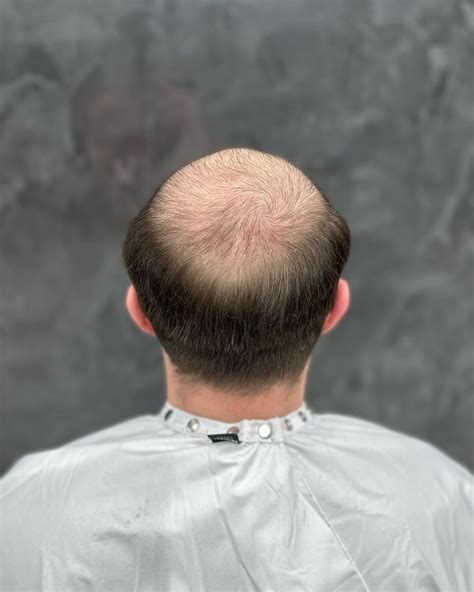Introduction

Hair loss is a common issue affecting millions of people worldwide. For some, it can be a source of embarrassment and frustration. Others may worry that it could lead to social isolation or even impact their career prospects. While there are many potential causes of hair loss, genetics is often a major factor. Androgenetic alopecia, the medical term for hereditary hair loss, affects up to 50% of men and 25% of women.
Causes of Hair Loss
In addition to genetics, there are a number of other factors that can contribute to hair loss, including:
- Hormonal changes: Hormonal fluctuations, such as those that occur during pregnancy, menopause, or thyroid problems, can cause temporary hair loss.
- Medications: Certain medications, such as chemotherapy drugs and blood thinners, can have hair loss as a side effect.
- Medical conditions: Autoimmune disorders, such as lupus and alopecia areata, can lead to hair loss.
- Styling habits: Tight hairstyles, such as cornrows or braids, can put tension on the hair follicles and cause them to weaken.
- Stress: Severe stress can trigger hair loss.
Types of Hair Loss
There are many different types of hair loss, including:
- Androgenetic alopecia: The most common cause of hair loss, androgenetic alopecia (also known as male-pattern hair loss or female-pattern hair loss) is caused by a combination of genetic and hormonal factors. This type of hair loss usually begins at the temples or crown of the scalp and progresses gradually over time.
- Telogen effluvium: This is a temporary type of hair loss that is caused by a disruption in the normal hair growth cycle. Telogen effluvium can be triggered by a variety of factors, including stress, illness, and certain medications.
- Alopecia areata: This is an autoimmune disorder that causes hair to fall out in patches. Alopecia areata can affect people of all ages and races.
- Scarring alopecia: This type of hair loss is caused by damage to the hair follicles. Scarring alopecia can be caused by burns, injuries, or certain medical conditions.
Treatment Options for Hair Loss
There are a number of different treatment options available for hair loss, including:
- Minoxidil: This topical medication is available over-the-counter and can help to slow down or stop hair loss.
- Finasteride: This prescription medication is taken orally and can help to prevent further hair loss.
- Hair transplant surgery: This surgical procedure involves transplanting hair follicles from another part of the body to the balding areas.
- Laser therapy: This treatment uses low-level lasers to stimulate hair growth.
- Platelet-rich plasma (PRP) therapy: This treatment involves injecting PRP into the scalp to stimulate hair growth.
Choosing the Right Treatment Option
The best treatment option for hair loss will vary depending on the individual and the cause of the hair loss. It is important to consult with a doctor to determine the best course of treatment.
Living with Hair Loss
Hair loss can be a challenging experience, but it is important to remember that it is a common condition and that there are a number of treatment options available. If you are struggling with hair loss, there are a number of resources available to help you cope. You can talk to your doctor, join a support group, or seek counseling.
Conclusion
Hair loss is a common condition that can affect people of all ages and races. There are a number of different causes of hair loss, and the best treatment option will vary depending on the individual and the cause of the hair loss. If you are struggling with hair loss, it is important to remember that you are not alone and that there are a number of resources available to help you cope.
